MATCAxC4 JOUMATCAxC4 JOURNAL: Conversations Around Photography, Vietnam & UK
A series of articles discussing various aspects of image-making. Supported by British Council Vietnam’s Digital Arts Showcasing grant 2021.
????✍️??

What is truth, where is it to be found, should we speak of it in the singular or the plural? These are hardly new concerns; for thousands of years, thinkers and philosophers around the world have argued about its nature. But what has changed is that today these once relatively niche discussions have entered the public sphere, rearing their heads in the background of public debates on topics ranging from the dangers of “fake news” to the interpretation of historical events.
Without attempting to recount a comprehensive history of truth, it is worth recapping a small part of it in order to understand its relationship to photography. In Europe, over the last four hundred years, a particular set of ideas about truth became increasingly important, and formed the foundation for what we think of as ‘modernity’. Key amongst these was the philosophical ideal of empiricism: the idea that knowledge comes first and foremost from our direct sensory experience of the world. This formed the basis for what became the modern scientific method, and helped to usher in a new era of discovery and invention.
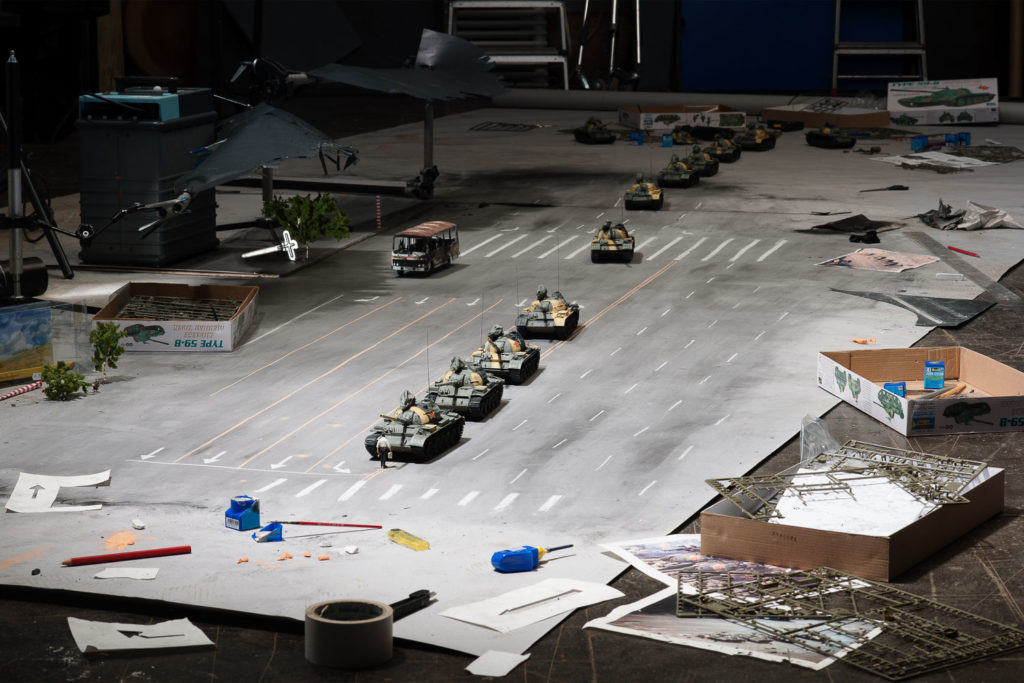
Photography, it is worth remembering, was invented at a time when these ideals were reaching the height of their powers, and were radically reshaping the way many societies in Europe organised themselves. It was a time, at least in theory, of shedding the old irrational practices of the Middle Ages for the new, enlightened ones of modernity, and in these new systems, sight and vision played particularly important roles. Of all the human senses, empiricism valued sight as the primary source of knowledge about the world, and so photography drew its considerable power from the idea that seeing something is equivalent to knowing it. These are ideas we still put much emphasis on today, privileging the testimony of an ‘eye witness’ for example, or telling someone that they had to ‘see it to believe it’.
From the moment of its invention photography was seen to offer a special form of truth because of its apparently direct relationship to reality, the way the world seemed to imprint itself on the photographic film ostensibly without intervention or modification. The camera was understood as a mechanical equivalent to a human eye, and it was believed that it captured the world in a way that was similar to human visual experience. This idea proved highly influential, even as it became increasingly evident that photographs were prone to all sorts of manipulation, mis-representations, and other practices which can make them anything but a faithful recording of events.
Photography however also quickly revealed itself to have another special quality beyond its apparent emulation of human sight. Not only did photographs appear to faithfully inscribe scenes from the real world with a detail that far exceeded other modes of recording, but photographs also made it possible to see things which we in fact could not see at all with our unaided eyes. Events which occurred too quickly, were too tiny, or were too distant to be perceived by humans could now be recorded and ‘seen’ for the first time. This too was a part of the promise for photojournalism and documentary photography: that rather than traveling to view the distant wonders and events of the world, the camera would bring them to us at home.
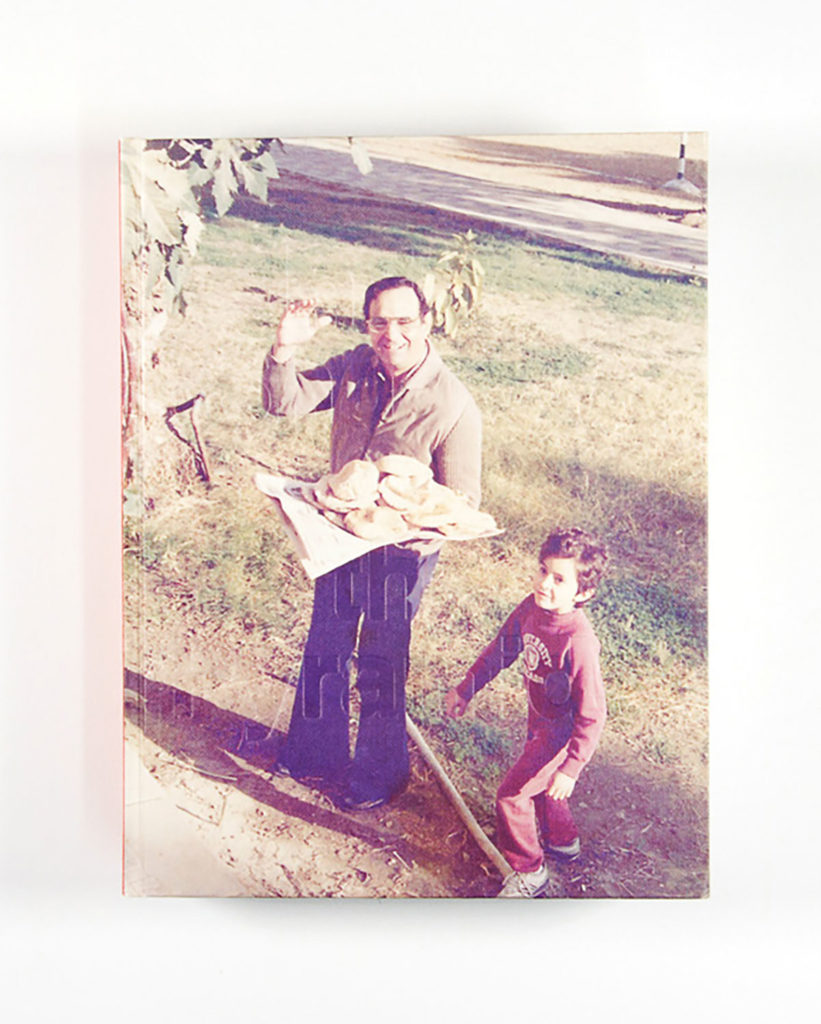
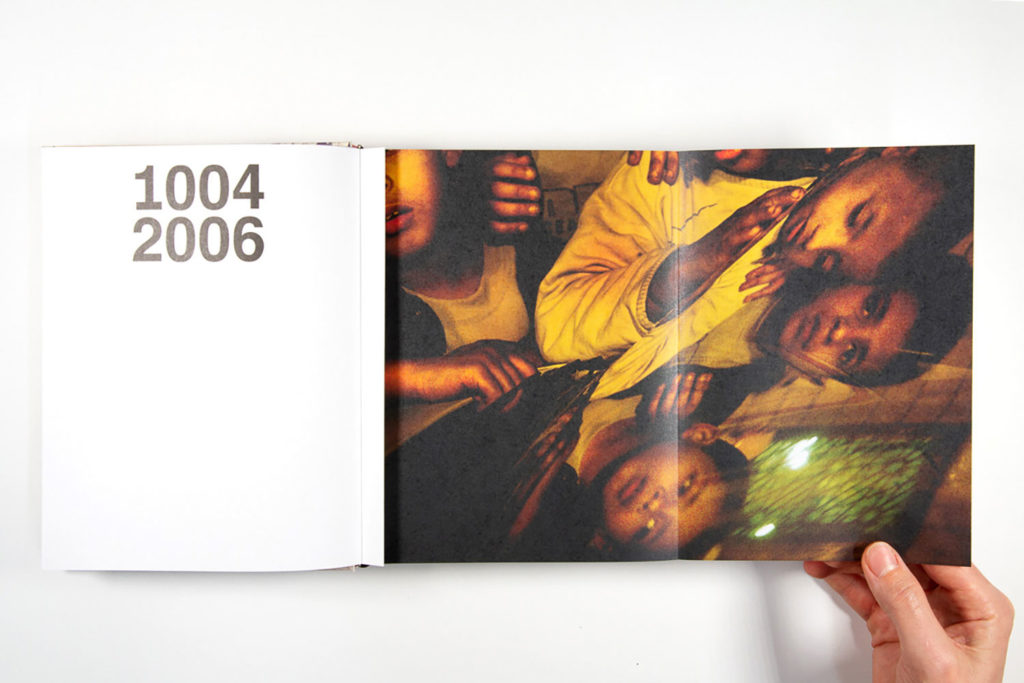

This produced two contradictions. First, it revealed that the human eye was not so trustworthy or perceptive as the empiricists had believed. To cite just one famous example, people had argued for centuries over the question of whether a galloping horse ever lifts all four hooves off the ground, but the truth of it was only confirmed when Eadweard Muybridge captured it photographically for the first time in 1878. But there is also perhaps a deeper and more profound contradiction. If photography came primarily to show us what we could not see at first hand, how then could we know if what the photograph showed existed at all? And here we have the root of many of the concerns that have challenged the idea of photography as a medium of objective truth over the last one hundred years or so.
But in the last fifty or so years, a further challenge has been leveled at ideas of documentary truth, and that is a multitude of critiques of the very idea of a single, concrete and universal truth of the world. These attacks are varied in motivation and form, from progressive philosophers keen to add nuance to the sometimes-tyrannical effects of objectivity, to autocratic opportunists, keen to undermine enlightenment values like human rights for their own political ends, by questioning their universality and their roots in a truth about what is ‘right’. What they tend to share, however, is a claim that there is no single and fully knowable truth about the world, and that truths are in fact contingent and shifting, produced by the activities of different individuals, technologies, cultures and practices.
This idea has been very threatening for some, particularly those in what we might term the ‘old guard’ of documentary photography, who still defend the idea of photography as a medium able to directly relay essential truths about the world to viewers elsewhere. But for a newer generation of photographers, incorporating this shift away from the sometimes-oppressive demands of a single truth has been a source of creative and political liberation. So how have they responded to this? Here is an entirely inexhaustive list:
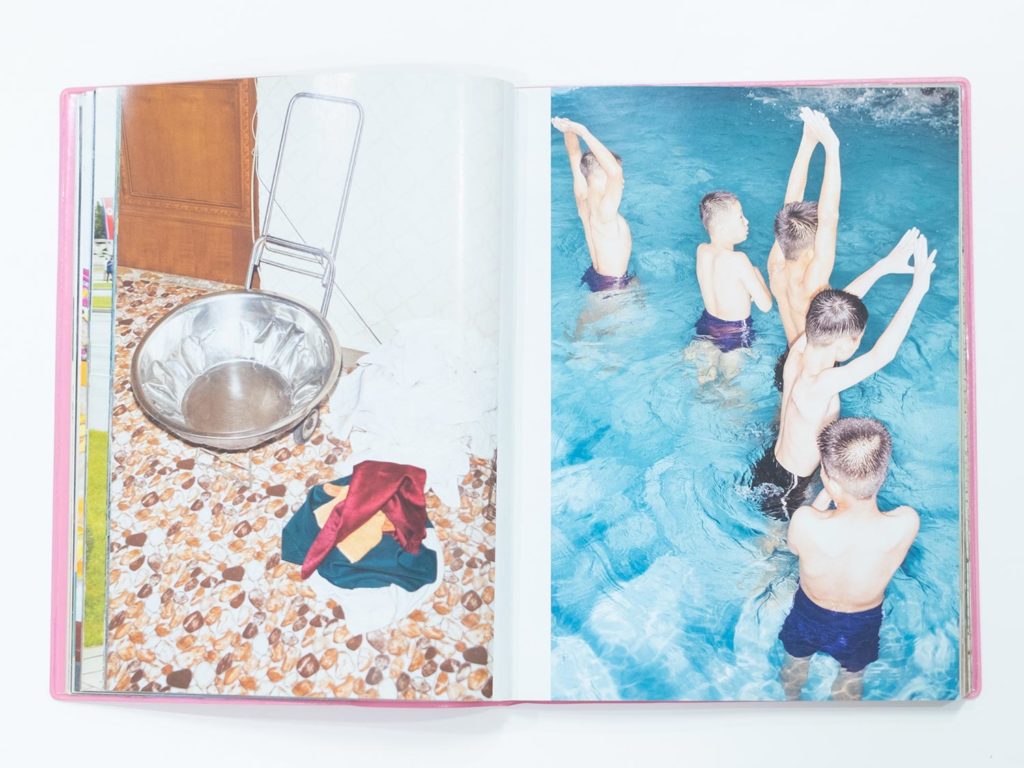
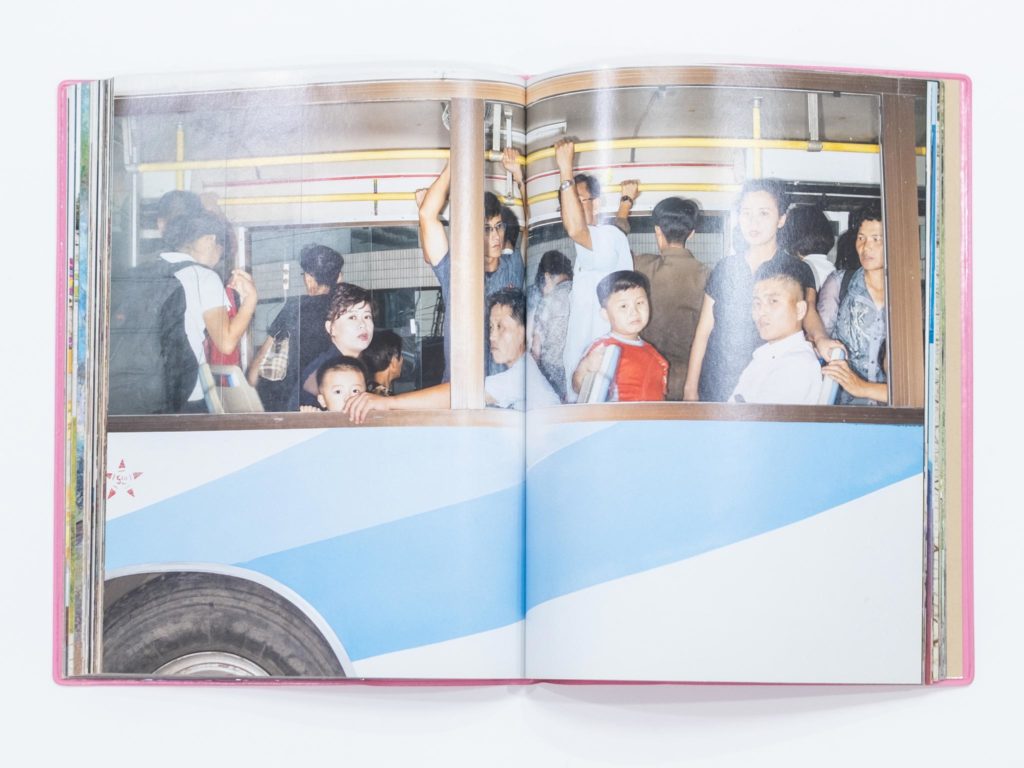
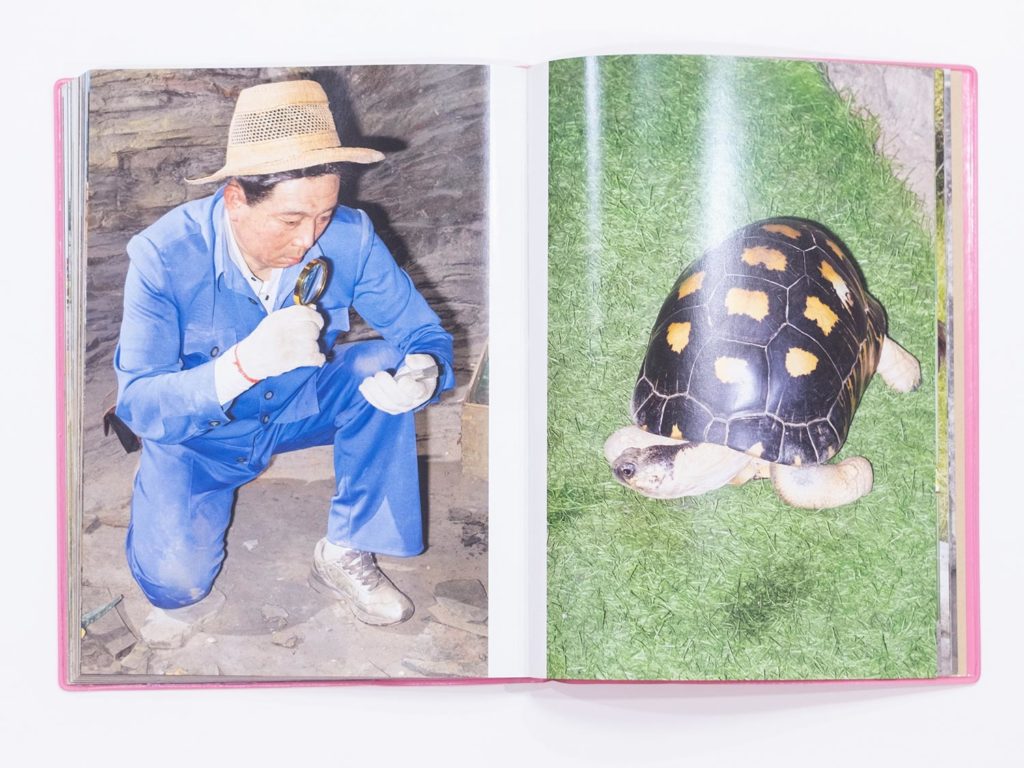
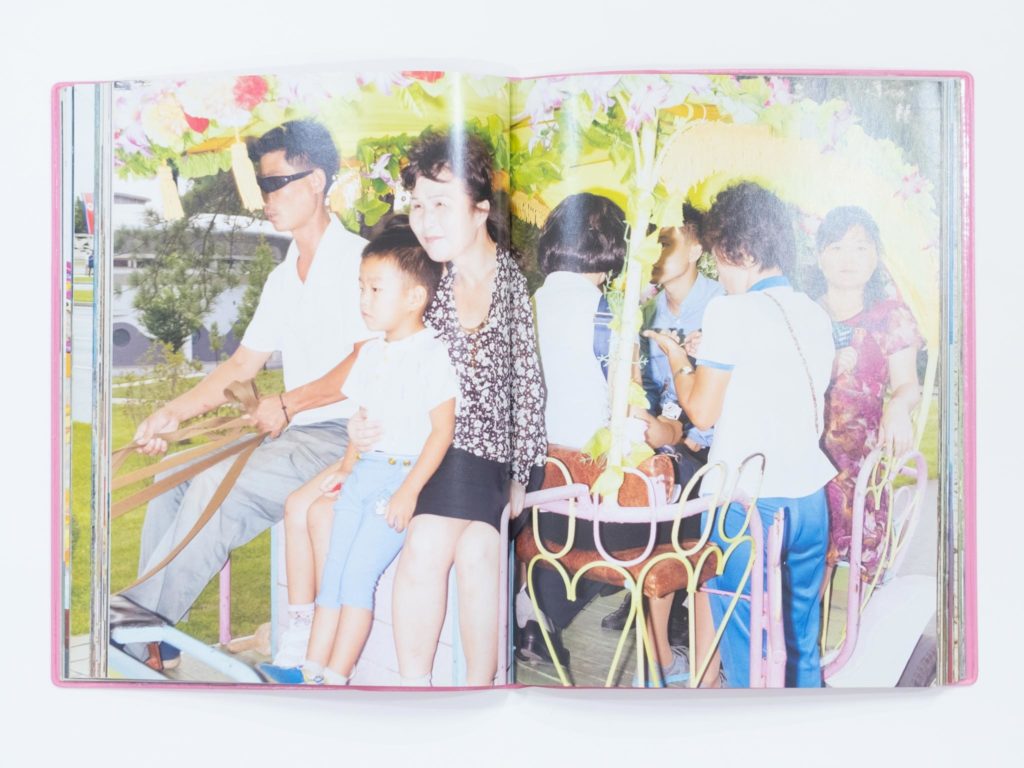
Some photographers have responded by scrutinising photographic technology itself in the course of making their work. These photographers have sought in various ways to reveal the worlds normally left outside the photographic frame, and also to illustrate the ways that photographic technologies – for example, those deployed as means of surveillance or control – serve to manufacture particular forms of knowledge, each with their own claims to truth. Jojakim Cortis and Adrian Sonderegger for example recreate famous photojournalistic images as scale models, which they then photograph, revealing the limitations of photographic truth. In a different approach, Donald Weber’s book War Sand looks at the 1944 Normandy Landings from multiple visual perspectives, including using cutting edge microscopy to reveal the invisible traces of it still left on French beaches.
Others have met these challenges by enlisting their subjects as collaborators and co-creators. The emergence of a strong network of people employing participatory methods side-lines the photographer as the traditional ‘expert’ producing knowledge about a group of people. Instead, it asks those people themselves to contribute to explaining and documenting their experiences of the world and their understandings of it. Often these two experiences, or truths, are presented side by side, illustrating the fact that two accounts of something, both of them as ‘true’ as the other, can exist about the same thing. As an example, take Sonia Louise Davis’s work Across 116th Street which enlists residents as collaborators in a shared work about a shared neighbourhood, or Eric Gottesman’s work Sudden Flowers, developed with a group of children living in Addis Ababa, Ethiopia, in which authorship is completely blurred.
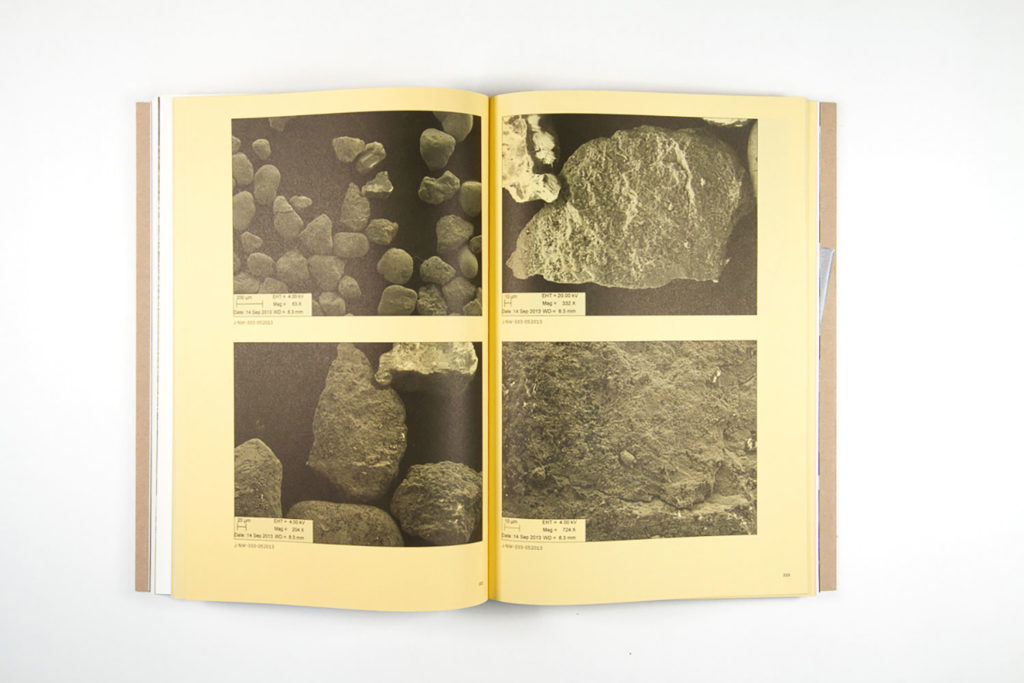
For a growing number of photographers, there is a sense of the need to reflect their own positionality in the making of their work, showing their viewers the ways in which the photographer’s own experiences of the world, and who they are, plays a vital role in shaping the types of photographic ‘truths’ that they produce. This has emerged in concert with a vigorous conversation about whether it is more desirable that photographers be insiders or outsiders to the communities and groups that they document. Laura el Tantawy’s work on the 2011 Egyptian revolution for example is informed by her experience growing up between Britain and Egypt, and the result is a work that openly reflects its subjectivities and the photographer’s emotional involvement in events. Meanwhile Michal Iwanowski project Clear of People delves still deeper into family history, retracing the route taken by the photographer’s grandfather following his escape from a Russian prisoner of war camp and long journey home on foot to Poland, in doing so it touches on contemporary concerns about migration and borders.
Finally for others still, the response is to enmesh apparent fact and fiction, in order to show the limitations of these categories – in particular, that fiction is often capable of shedding light on fact, and that fact is often structured and made sense of by practices drawn from fiction. Some photographers shatter the narrative conventions of documentary photography to remind viewers that stories are themselves constructions masquerading as truths, while others draw on the ambiguity of photographs, openly blending candid and constructed imagery in a way that asks viewers to contemplate the truth of what they see, not only in the photographer’s work but elsewhere as well. Illustrating this Stephanie Moshammer’s series I Can Be Her explores the construction and perception of another person’s identity, while the work of Max Pinckers routinely tests the traditional boundaries of photographic truth, in an approach he dubs ‘speculative documentary’.
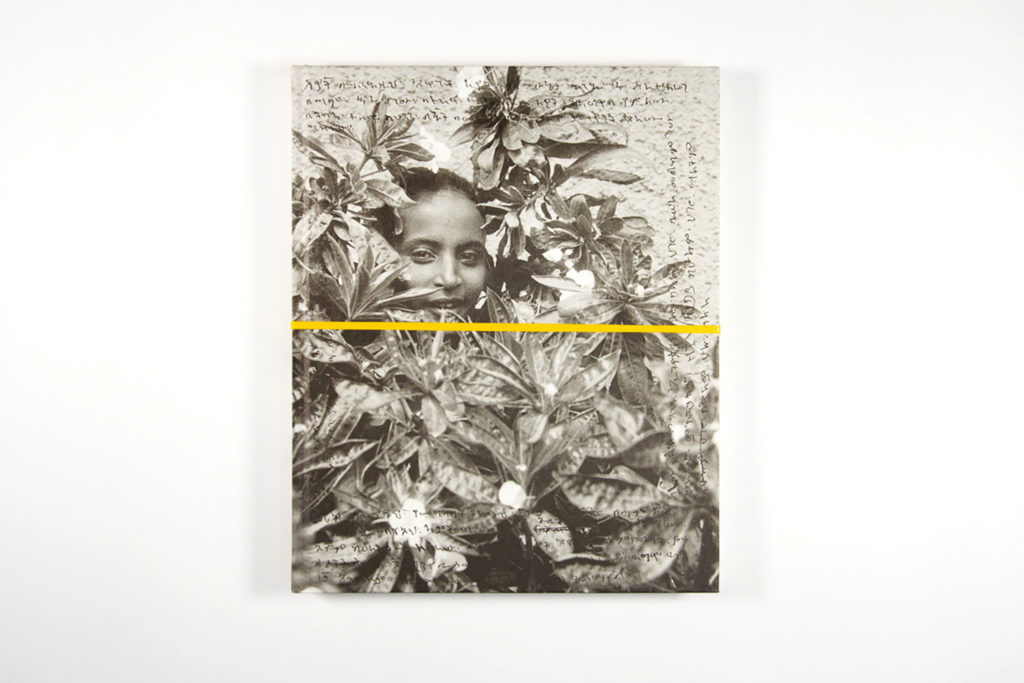
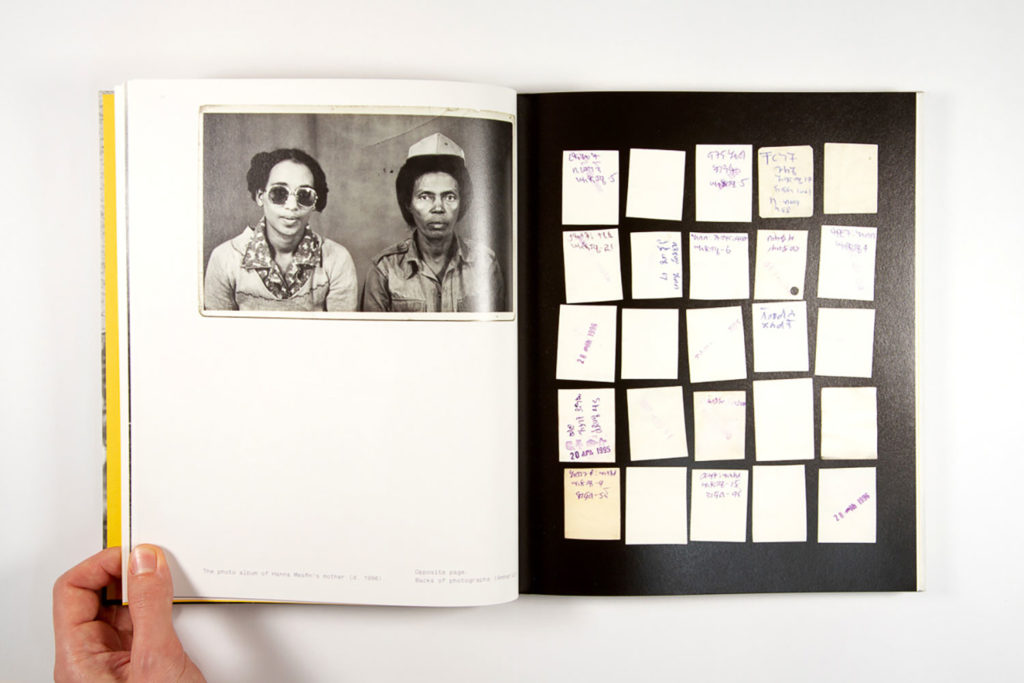
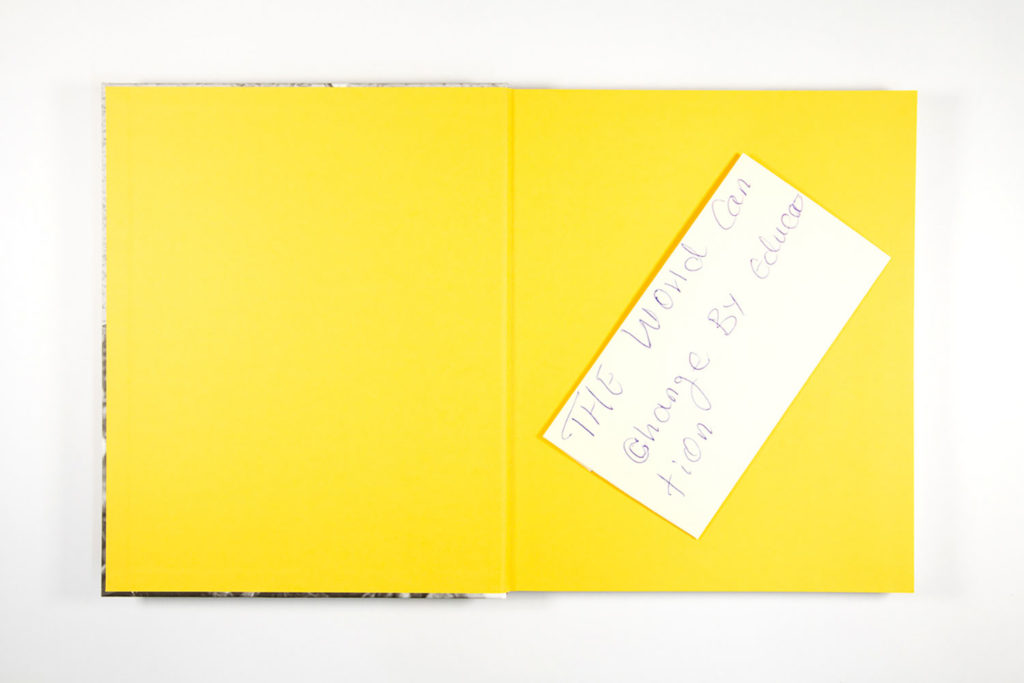
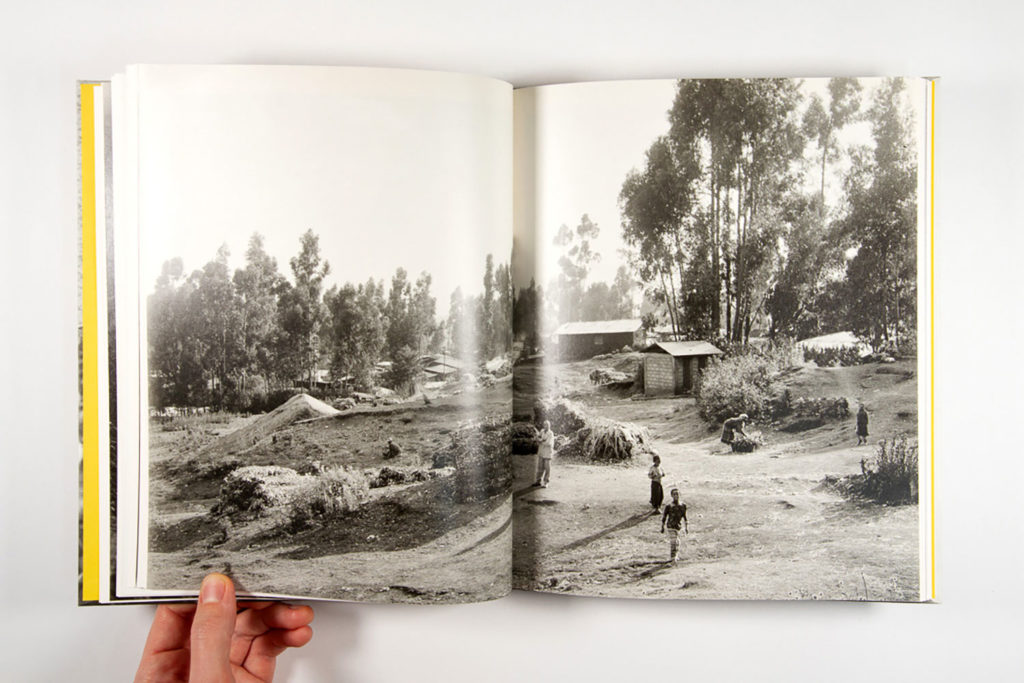
Truth, in sum, is not an easily measured quantity. But it feels safe to say that the world we live in today is no more or less truthful than in years past. Our collective sense of a breakdown in the idea of truth perhaps just reflects broader societal changes, as those who often had a monopoly on defining ‘the truth’ find their power challenged, while many who lacked power find new means of expressing their truth of the world. The consequence is that we are increasingly confronted by the truths experienced by others, and sometimes we are disquieted by the way these truths do not align with our own. Without giving way to those who wilfully misrepresent verifiable facts for political purposes, the challenge now is to learn as photographers and as citizens to become more open to the idea that two perceptions of the same issue or event can not only be equally true, but can support and enrich each other.
